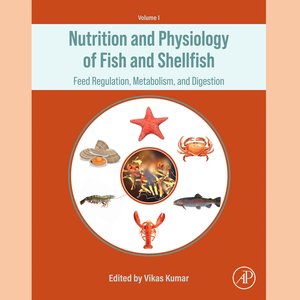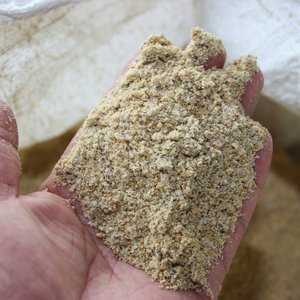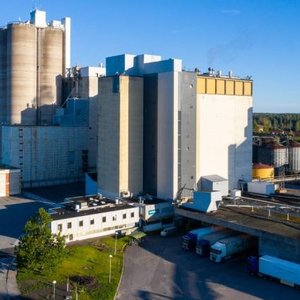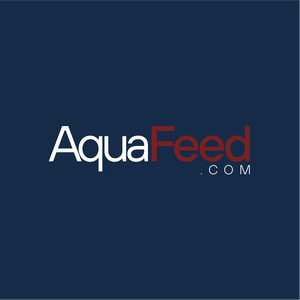On commission from the Ministry of Fisheries and Coastal Affairs, the scientists have evaluated whether new operational concepts within aquaculture can threaten Norway’s position as an aquaculture nation.
The following systems have been evaluated: recirculating aquaculture systems (RAS) both in Norway and in countries with low production costs, offshore sea cages and closed-containment sea-based systems in both exposed and sheltered locations.
“We see that land-based or closed-containment sea-based systems, often using recirculating technology, are being built in Denmark, North America, Scotland and China. Land-based and closed-containment sea-based systems will involve much higher investment costs, but some of this disadvantage is expected to be offset by lower operating costs. However, there is a long way to go before closed-containment constructions will be as economical as today’s net-based solutions,” said Scientist Audun Iversen.
The average production cost of the current net-based aquaculture is NOK 24 per kilo of salmon produced. The production costs for the other concepts are far more uncertain. Consequently, the scientists have developed an analytical model, which enables them to take much of the uncertainty into consideration.
“We see that there are much higher costs in the closed-containment or semi closed-containment concepts. The costs are at least NOK 5-10 higher than today’s net-based concept.”
Major policy changes, such as stricter environmental requirements, may change this picture. The scientists also envisage that the technological paradigm shifts, that will give considerable changes in the cost level, can have an impact on the probability of the success of the various technologies.
The scientists believe that we will see examples of combination models, where more of the salmon’s weight (e.g. up to 1 kg) occurs in land or sea-based closed-containment systems.
This has advantages both for the environment of the fish and that of the surrounding area, as well as limiting the investments significantly in relation to having the entire growth phase in land or sea-based closed-containment systems.
“Norway’s natural advantage will possibly become less important with new production concepts, but other advantages are also important for Norway’s competitive position and are also hard to copy,” says Iversen.
“Norway’s salmon farming industry benefits from proximity to the important European fresh fish market, strong knowledge environments, a leading supplier industry, good infrastructure and good resource management. This broad competence around salmon farming is also a major competitive advantage. And that’s difficult to copy, if not as difficult as copying the nature.”
The report is written by scientists Audun Iversen, Otto Andreassen, Øystein Hermansen, Thomas A. Larsen and Bendik Fyhn Terjesen.







